12 Egyptian Mysteries That Captivate U.S. Imaginations
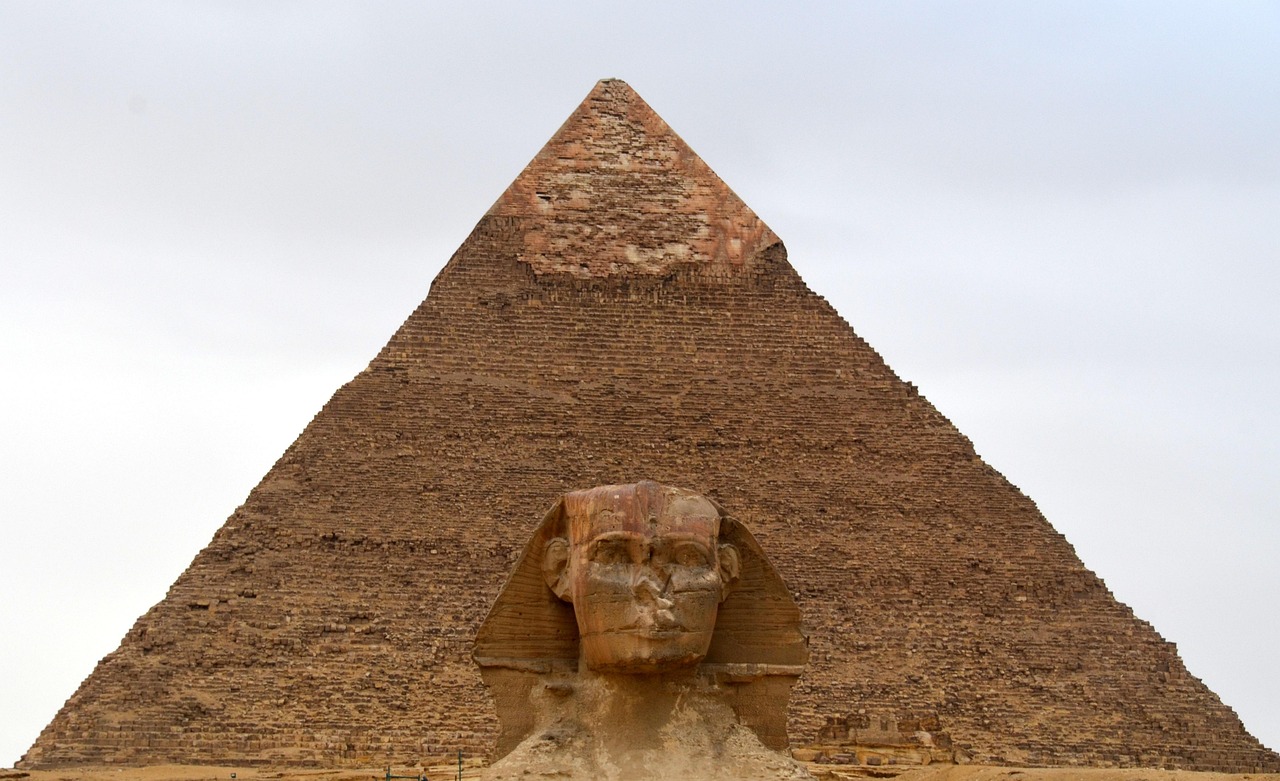
Ancient Egypt has a way of pulling people in. Maybe it’s the towering pyramids, the gold-filled tombs, or the rulers who blurred the line between myth and history. For many in the U.S., the fascination runs deep—fueled by unsolved riddles, buried secrets, and artifacts that defy easy explanation. These mysteries aren’t just old stories. They’re puzzles that still challenge what we think we know. Here are 12 enigmas that continue to spark curiosity, debate, and wonder.
1. The Great Sphinx Still Won’t Give Up Its Secrets

It’s one of the most recognizable statues in the world, yet no one can say with certainty who built the Great Sphinx or why. Measuring 240 feet long and 66 feet high, it guards the Giza Plateau with a silent stare. Some scholars credit Pharaoh Khafre around 2500 BCE, but erosion patterns hint the monument could be even older. There’s also no inscription linking it to any ruler. Was it a symbol of divine power, a celestial marker, or something else entirely? We still don’t know.
2. Where Is Queen Nefertiti’s Final Resting Place?
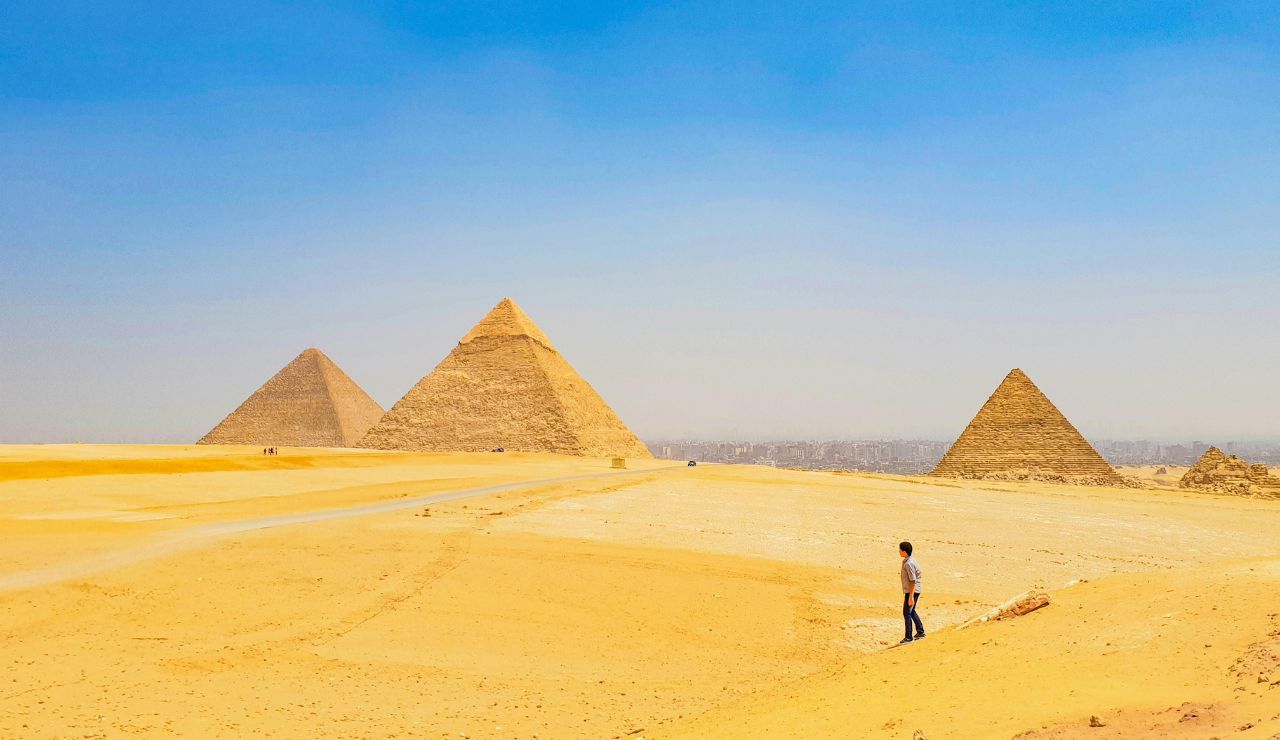
Nefertiti, the queen famed for her beauty and influence during Egypt’s Amarna period, seems to have vanished from the historical record. Some think she ruled briefly as pharaoh under another name, while others suspect political upheaval erased her legacy. Her tomb remains unfound, and high-resolution scans of Tutankhamun’s burial chamber suggest hidden rooms that could belong to her. But so far, no excavation has confirmed it. Her fate is still a mystery waiting underground.
3. King Tut’s Death Wasn’t So Simple
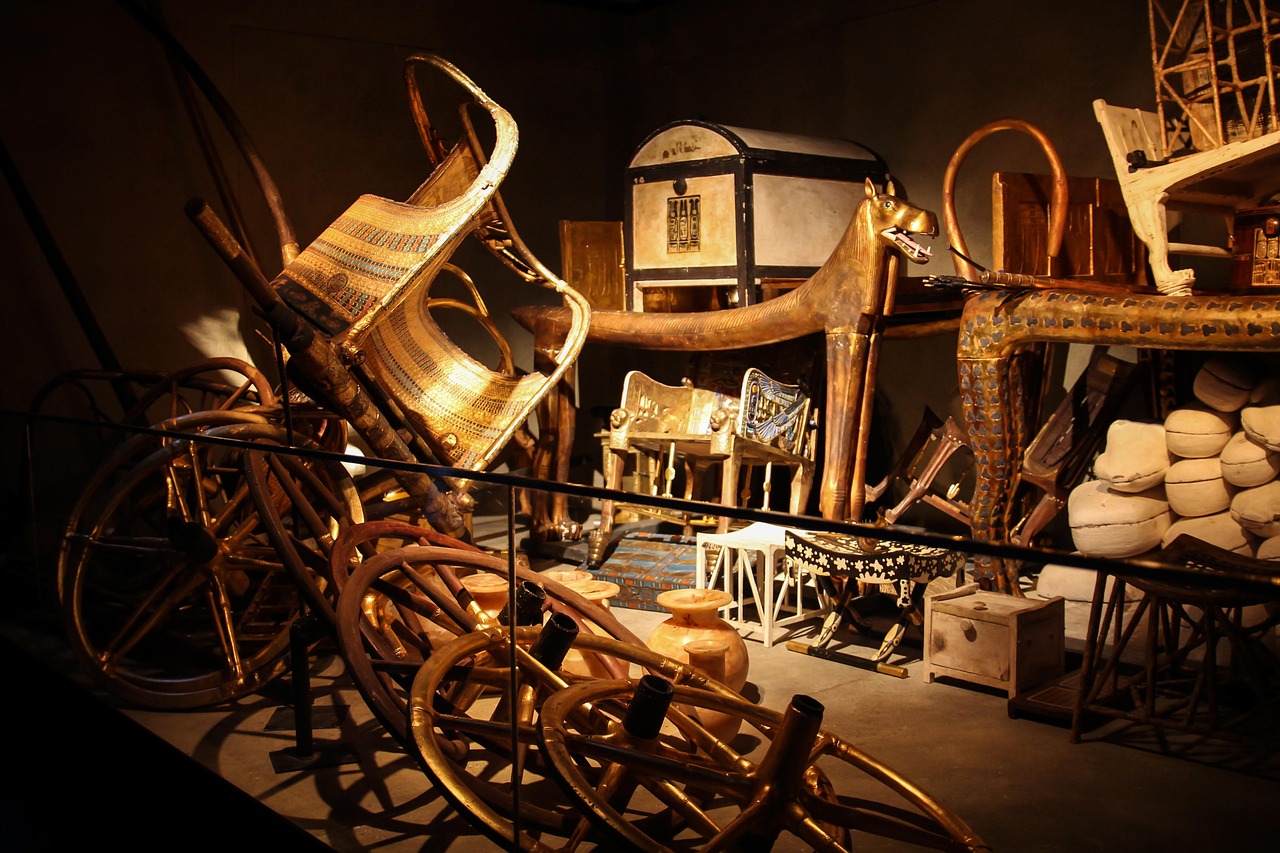
Tutankhamun died young, and the circumstances remain murky. His tomb was unusually small for a pharaoh, suggesting his death was unexpected. CT scans revealed a broken leg and traces of malaria, both possibly fatal. But other clues, like missing ribs, damage to his skull, and the rushed burial, raise suspicions. Some experts believe he may have been murdered or died in a chariot crash. With no definitive cause, Tut’s death remains one of ancient Egypt’s most debated royal mysteries.
4. The Labyrinth Herodotus Described Has Never Been Found
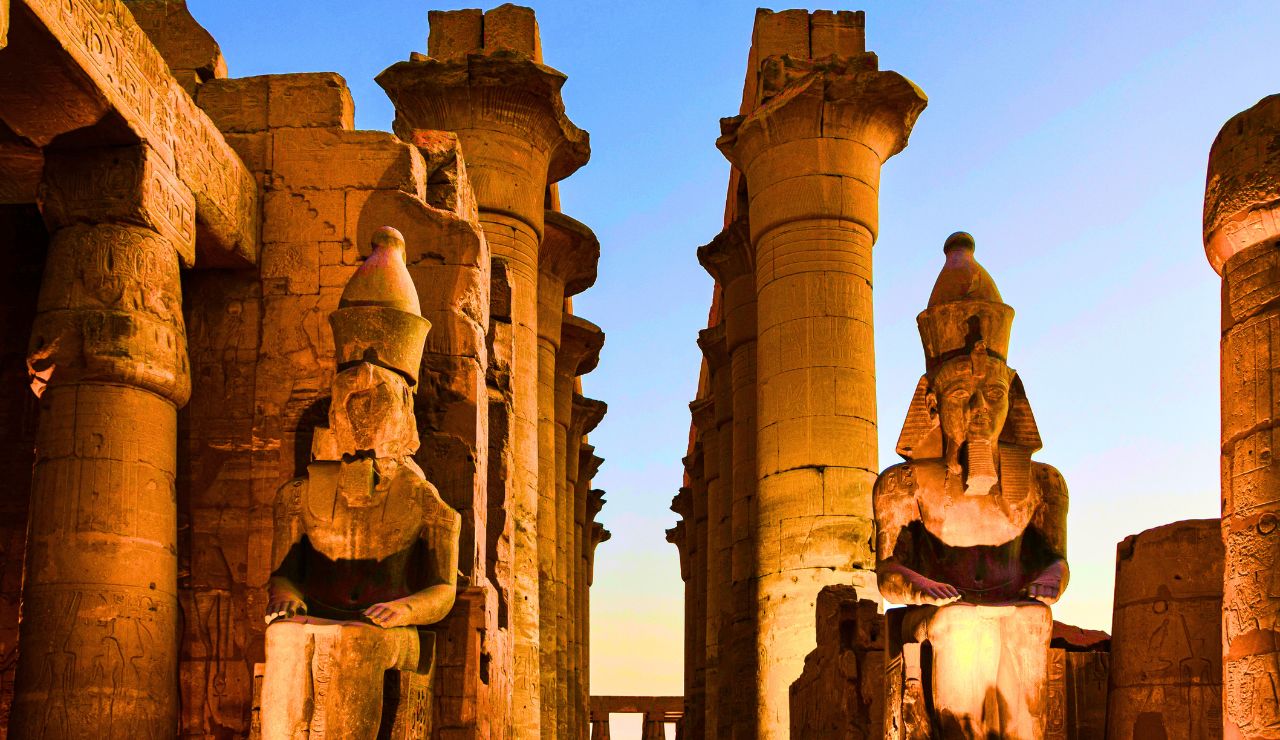
Greek historian Herodotus claimed to have seen a vast labyrinth near Hawara that was larger than all the temples of Egypt combined. Descriptions suggest it was a complex of thousands of chambers, halls, and hidden passages. Yet modern archaeology hasn’t turned up solid evidence. Ground scans show underground anomalies near the site, but digging is limited due to water table issues. Whether it once stood and was lost, or never existed at all, remains unclear.
5. Did Ancient Egyptians Harness Electricity?

Carvings in the Dendera Temple show figures holding what appear to be bulb-shaped objects connected to cables. Some see this as symbolic mythology, but others argue it could depict a form of ancient technology. There’s no physical evidence of light bulbs or power sources, yet the image stirs debate. Could it suggest lost knowledge, or are we just projecting modern ideas onto ancient symbols? Either way, the so-called Dendera Light keeps people guessing.
6. Why Was the Obelisk at Aswan Abandoned Mid-Carve?
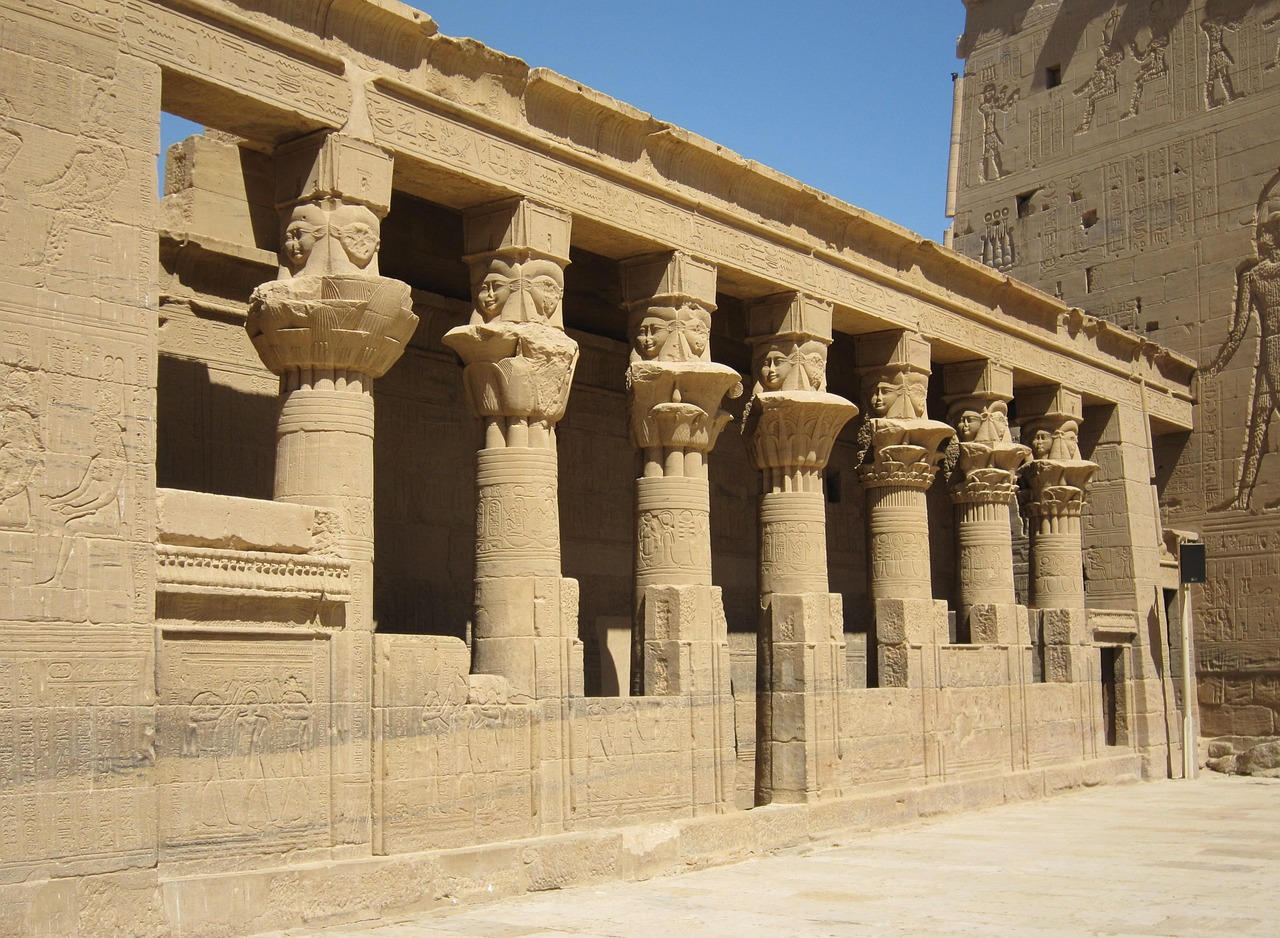
At the granite quarries of Aswan lies an enormous obelisk more than 130 feet long, which was never finished. Cracks in the stone halted work, but it raises larger questions. How did workers plan to transport something that would’ve weighed over 1,000 tons? What kind of tools could shape granite with such precision? The abandoned obelisk offers a rare look at ancient engineering in progress and highlights just how much we still don’t understand about their methods.
7. Cleopatra’s Tomb Is Still Missing
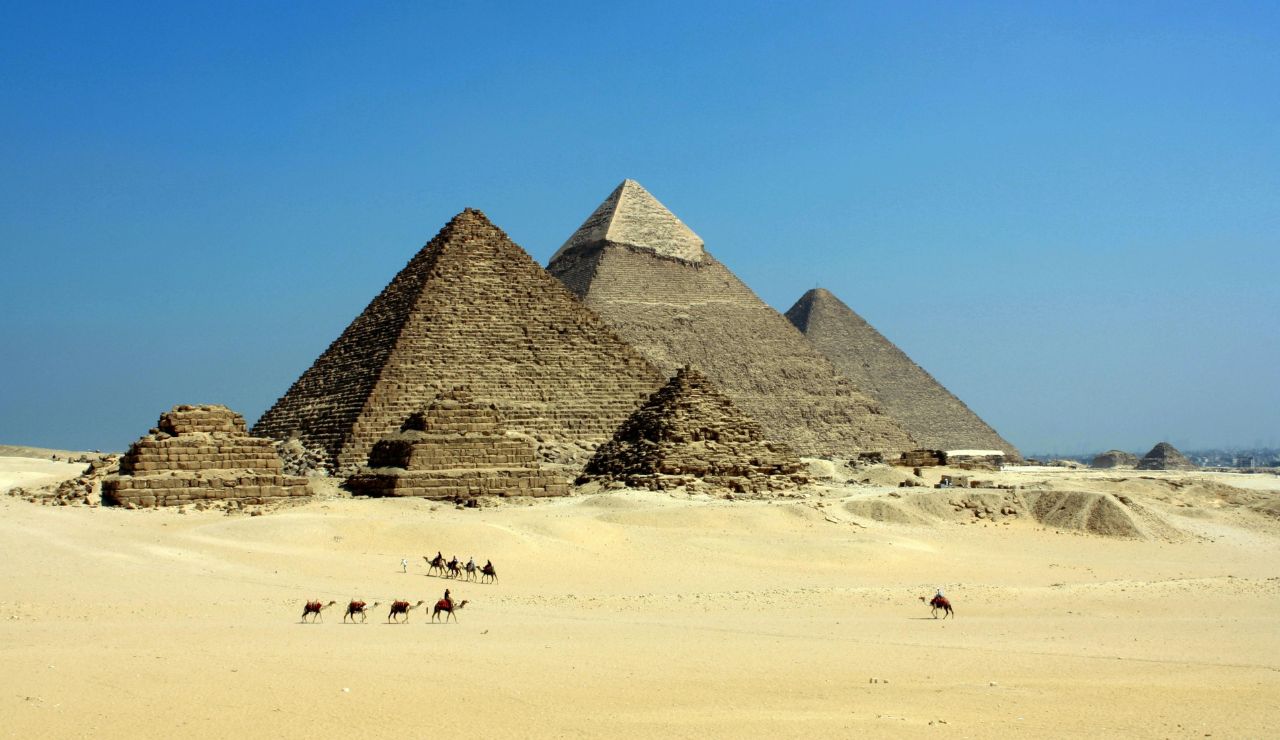
The final chapter of Cleopatra and Mark Antony’s story ended in tragedy, but their tomb has never been located. Ancient writers claimed they were buried together, possibly near the Temple of Taposiris Magna. Excavations at that site have turned up intriguing finds, including coins and carvings, but no tomb. Finding it could reshape our understanding of Egypt’s last pharaoh and her final days. Until then, the location of her burial remains one of history’s biggest unknowns.
8. The Lost Land of Punt Remains Elusive
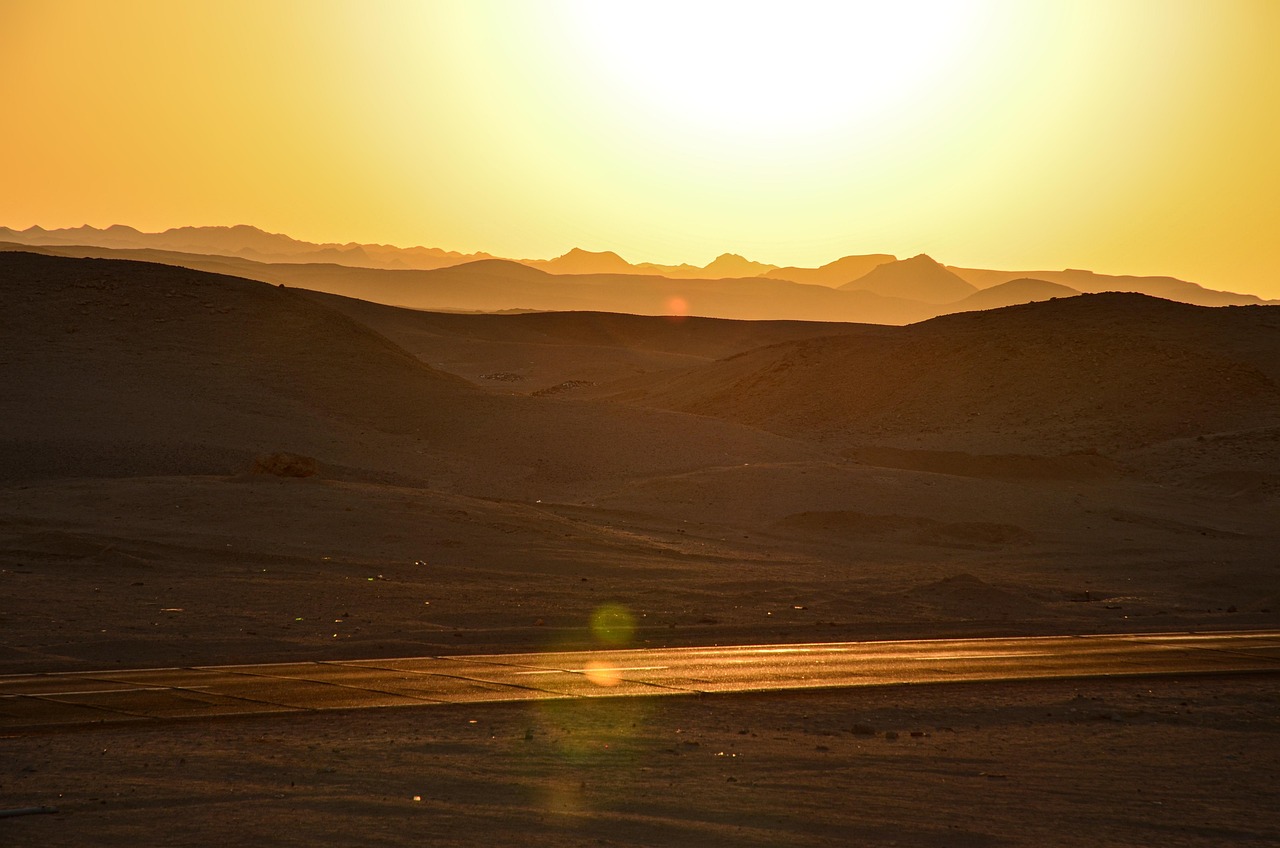
Ancient Egyptians described the Land of Punt as a rich trading partner known for gold, incense, and exotic animals. Expeditions were sent there as early as the 25th century BCE, and reliefs depict ships returning with giraffes and baboons. But where was it? Theories range from modern Somalia and Eritrea to southern Arabia. Despite decades of searching, no site has been definitively linked to Punt. It’s a ghost of the ancient world still floating somewhere on the map.
9. The Saqqara Bird Defies Easy Explanation

Discovered in a tomb near Saqqara, this small wooden artifact resembles a bird, but with features that have led some to speculate it might represent a glider or early flying device. Dated to around 200 BCE, it doesn’t have feathers or decorative elements typical of ritual items. Its aerodynamic shape has inspired tests with modern flight models, some of which show it could glide. But without written records or similar finds, the bird’s real purpose remains up in the air.
10. A Pyramid That Vanished Into the Desert
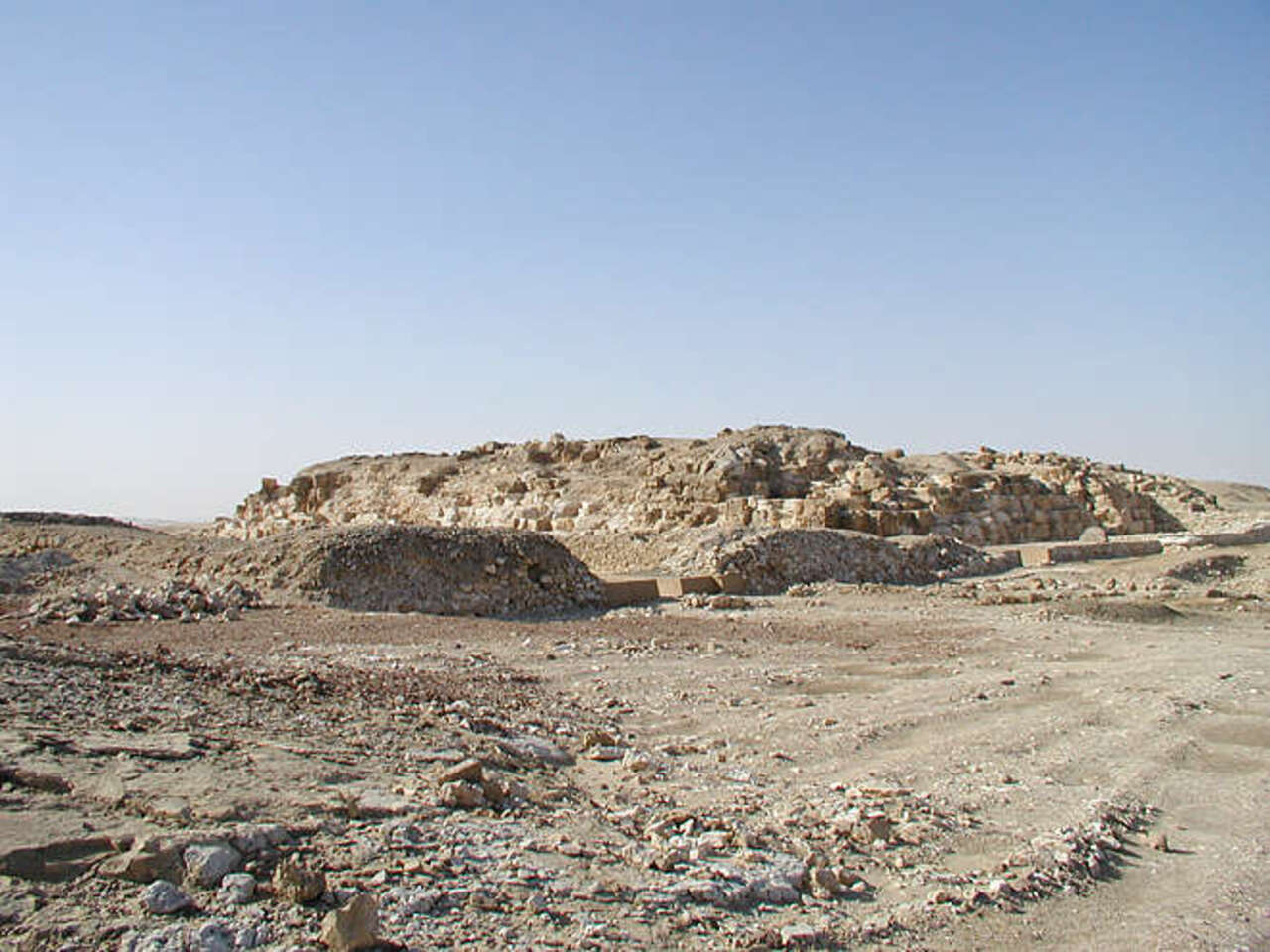
Northwest of Abu Rawash lie the ruins of Djedefre’s pyramid, once thought to rival the Great Pyramid in ambition. Today, it’s barely more than a rubble heap. Was it abandoned due to construction flaws, or was it intentionally dismantled? Some argue the stone was later reused, while others suggest political motivations behind its neglect. Unlike other pyramids, its destruction seems deliberate. Whatever the reason, it’s a lost monument with a forgotten story.
11. Khufu’s Great Pyramid May Hide More Than We Know
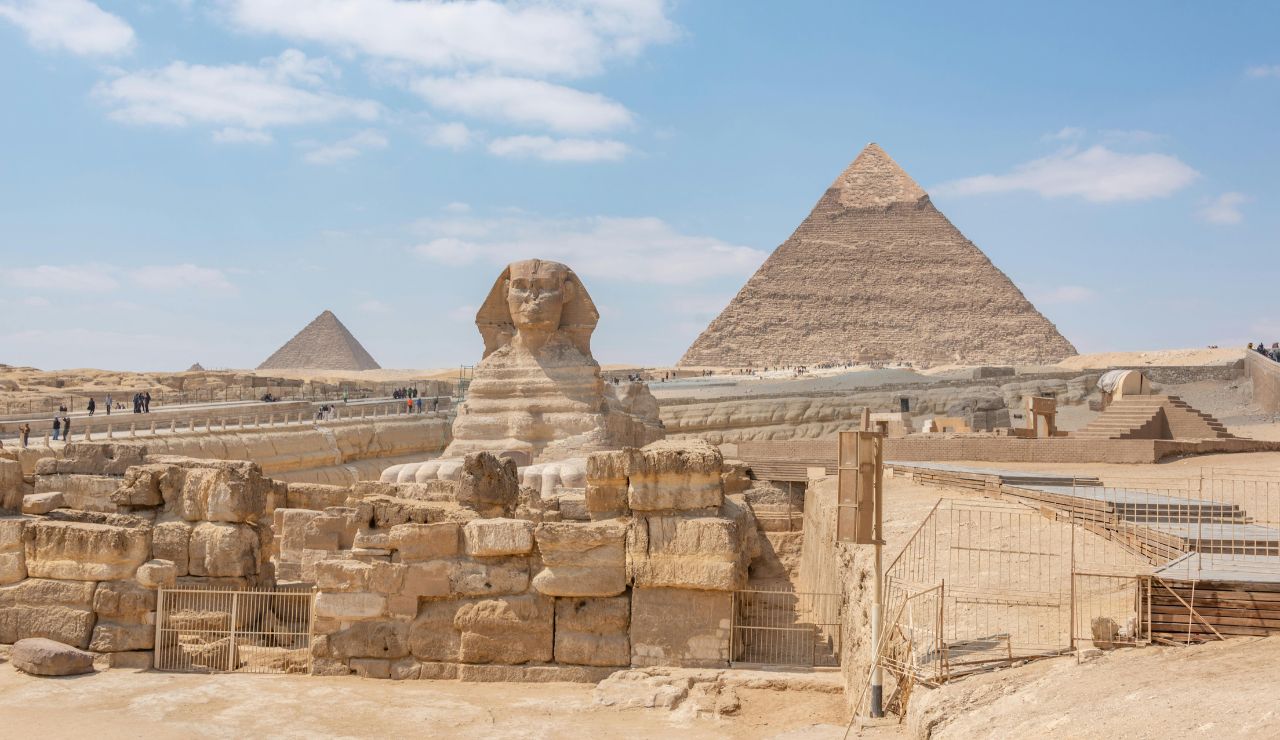
The Great Pyramid has been studied for centuries, but it’s only in recent years that new technology has revealed hidden anomalies. In 2017, scientists used cosmic-ray scanning to detect a large void above the Grand Gallery. Its purpose? Unknown. It could be a hidden chamber, a structural feature, or something yet to be imagined. With limited access and preservation concerns, exploring it further is tricky. But it’s a reminder that even the most famous wonders may still hold secrets.
12. Is the Curse of the Pharaohs More Than Legend?
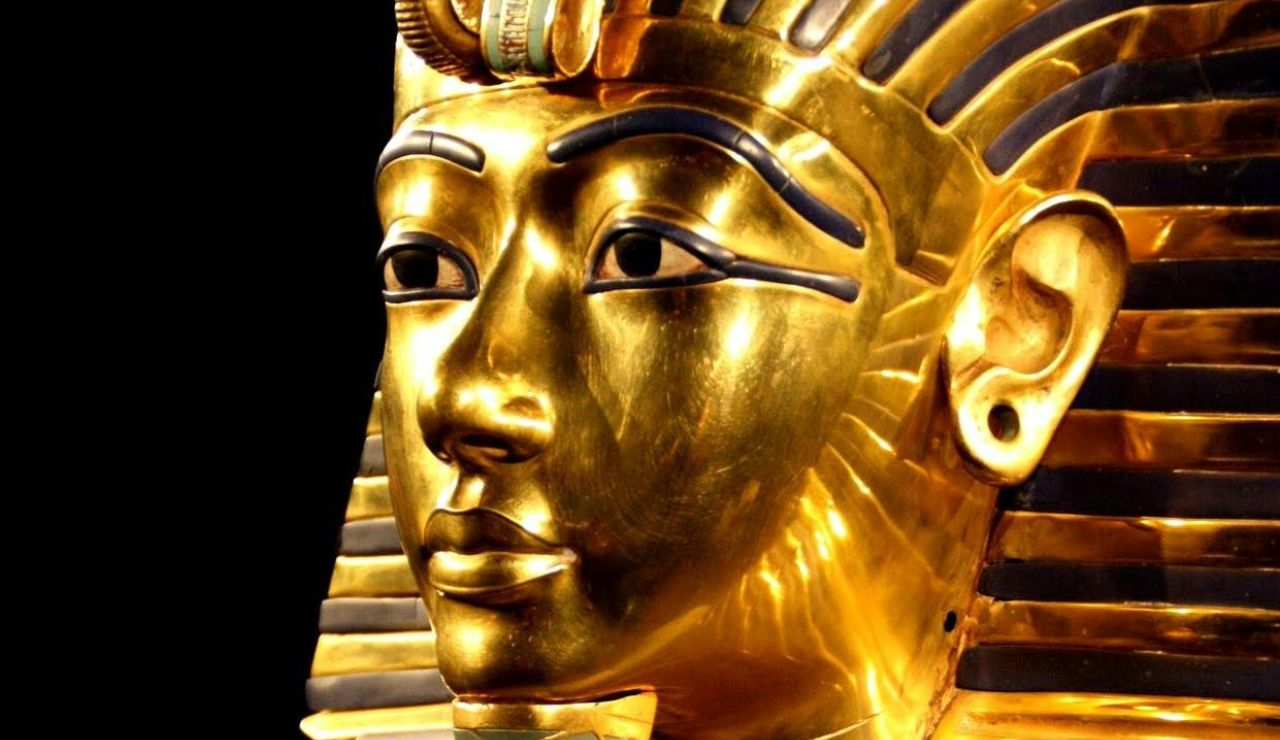
When Howard Carter opened Tutankhamun’s tomb in 1922, strange deaths among the team fueled stories of a pharaoh’s curse. Lord Carnarvon, who funded the dig, died shortly after from an infected mosquito bite. Other team members experienced accidents and illnesses, adding to the legend. While science leans toward coincidence or exposure to mold and bacteria, the tale persists. Whether superstition or something more, the idea of the curse still grips popular imagination.